At first glance it sounds ridiculous. Why would anyone consider mining in space when even the largest Earth-based mining operations seem to have trouble managing costs? After all, mid-grade and marginal deposits seem to have trouble finding any money and the process of moving a project from prospect to mine can take decades and cost hundreds of million of dollars. I’ll be the first to admit that the whole idea of asteroid mining was initially right up there with Star Trek-style transporters and desktop cold fusion, but a few recent events have piqued my curiosity on the subject. Allow me to elaborate.
First, one of the many items that was lost back in October, 2014 when the Antares rocket was destroyed was the Arkyd 3 satellite. Arkyd 3 is a testing platform designed by Planetary Resources, otherwise known as “the asteroid mining company”. Apparently these guys aren’t just doing interviews: There is actual work going on here. A re-built Arkyd 3 is scheduled for launch in about 9 months.
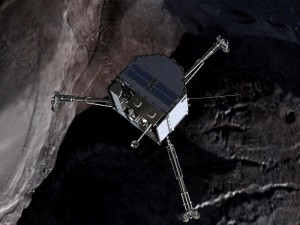
Second, the recent landing of the Philae spacecraft on comet 67P stirred all of our imaginations in a way that was reminiscent of the moon landing, first shuttle launch or first Mars rover. If we can effectively land a bullet on a bullet 500 million miles away from Earth, then the idea of grabbing a near-earth asteroid doesn’t sound nearly as crazy. The economics might still seem crazy, but the technology – not so much.
As it turns out, there are three groups currently working on a long term strategy to gather resources from space. Two are private companies and the third is NASA. All have different approaches, but their end games are largely the same.
What Asteroids? What Resources?
Asteroid miners are seeking out near-earth asteroids. There are over 11,000 known near-earth asteroids which are considered to be left-overs from the formation of the solar system. These bodies can be composed of ice, silicate minerals, carbonaceous minerals and metals.
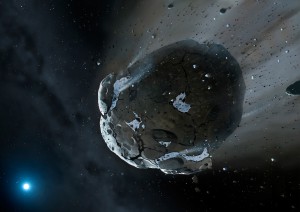
Ice or water on these bodies is one of the most significant potential resources. Solar panels on spacecraft can provide the power to simply convert water to hydrogen and oxygen for fuel. Considering that it costs from $5,000-25,000+ per kg to ferry items into space, the idea of harvesting resources needed in space doesn’t sound like such a bad idea. In fact, the groups involved are primarily focused on gathering the resources needed for space exploration and development. Gathering resources to send back to earth is a much longer term goal and arguably may never be economic.
Groups Involved
Currently there are two private companies pursuing asteroid mining; Planetary Resources and Deep Space Industries. NASA is also involved on several levels and has awarded contracts to several companies including both Planetary Resources and Deep Space Industries for studies relating to relating to asteroid redirection.
Planetary Resources – Arkyd System
Planetary Resources has made headlines over the past few years with a much publicized and successful crowdfunding campaign and the landing of some high profile investors including Sir Richard Branson and Google co-founder Larry Page. The company has a multi-phase phase asteroid mining strategy which starts with the Arkyd 3 and Arkyd 6 test satellites. These are designed to the test the systems and design of their planned space telescopes. In fact, the key to their strategy are a series of small to mid-size space telescopes designed to examine near-Earth asteroids for economic potential. The company also hopes to generate revenue from the commercialization of these telescopes. The Arkyd 100, Arkyd 200, and Arkyd 300 are among their planned telescopes.
The Arkyd 100 series is designed to be a low-orbit telescope capable of analysing both the Earth and potential asteroid targets. The Arkyd 200 is designed to be an interceptor. The “Interceptor” will have propulsion systems that give it the capability of locating asteroids travelling between the earth and the moon and collect data on them. The planned Arkyd series 300 spacecraft will have upgraded propulsion systems that enable it to explore beyond Earth and the moon. Each successive generation is designed to gather more data on the composition, shape, size and travel patterns of prospective asteroid targets. Among the company’s longer term visions are the creation of an orbital propellant depot, robotic mining operations and the ability to affect the orbits of objects with the potential for dangerous Earth collisions.
Deep Space Industries – Fire Fly/DragonFly/Harvestor
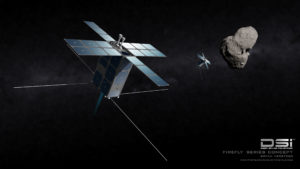
Deep Space Industries’ approach includes a series of compact spacecraft known as FireFlies (not to be confused with NASA’s FireFly Cubesat). The company plans to send them on one-way missions to gather information such as size, shape, density and composition of asteroids of interest. Their longer term plan includes the development of a spacecraft known as the “Dragonfly” which will capture asteroids to return for analysis and to test processing methods and the “Harvestors” which will collect material for return to Earth’s orbit. The Harvestor class is meant for full-scale production for initial customers in space from collecting propellant for future space missions, manufacturing materials using extracted metals and radiation shielding. If costs begin to decrease over time they hope to be able to return these extracted commodities back to earth. DSI recently made the news when it partnered with another firm to build Bitcoin satellites as part of a proposed Bitcoin orbital satellite network.
NASA
NASA has commissioned a number of studies on the potential for asteroid mining and interactions as part of it’s Early Stage Innovation and Innovative Advanced Concepts (NIAC) directives. The Robotic Asteroid Prospector study determined that water and possibly Platinum Group Metals had the most economic potential for asteroid mining operations and presented some preliminary designs for water extraction.
NASA’s OSIRIS REx spacecraft is designed study the the near-Earth “Bennu” asteroid for more than a year with the primary goal of landing on the asteroid and retrieving a sample for return to Earth. OSIRIS-REx is scheduled for launch in September 2016.
NASA has been also been studying robotic mining for several years and holds annual competition where university students can build a mining robot.
Discussion
While the prospect of harvesting resources from space for return to Earth is still more fiction than science, the idea of locating resources that may be useful for in-space development or as fuel sources has some merit. Considering the cost of transporting goods into space, a large water-bearing near-Earth asteroid could have significant economic value were the accompanying extraction and processing technology successfully developed. This is a long way off, but public and private groups have already started looking into ways that this can happen and investing significant resources into testing the waters.
Further Reading
Planetary Resources (Company Website)
Deep Space Industries (Company Website)
NASA Robotic Mining Competition (Website)
NASA OSIRIS-REx Mission (Website)
A (surprisingly messy looking) Presentation and Report to NASA on the Robotic Asteroid Prospector – (PDF’s)
Subscribe for Email Updates

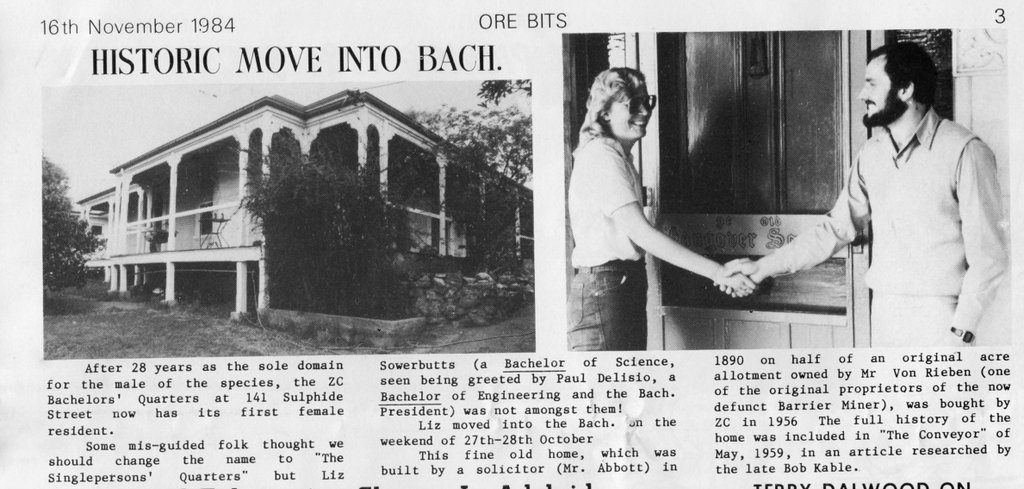
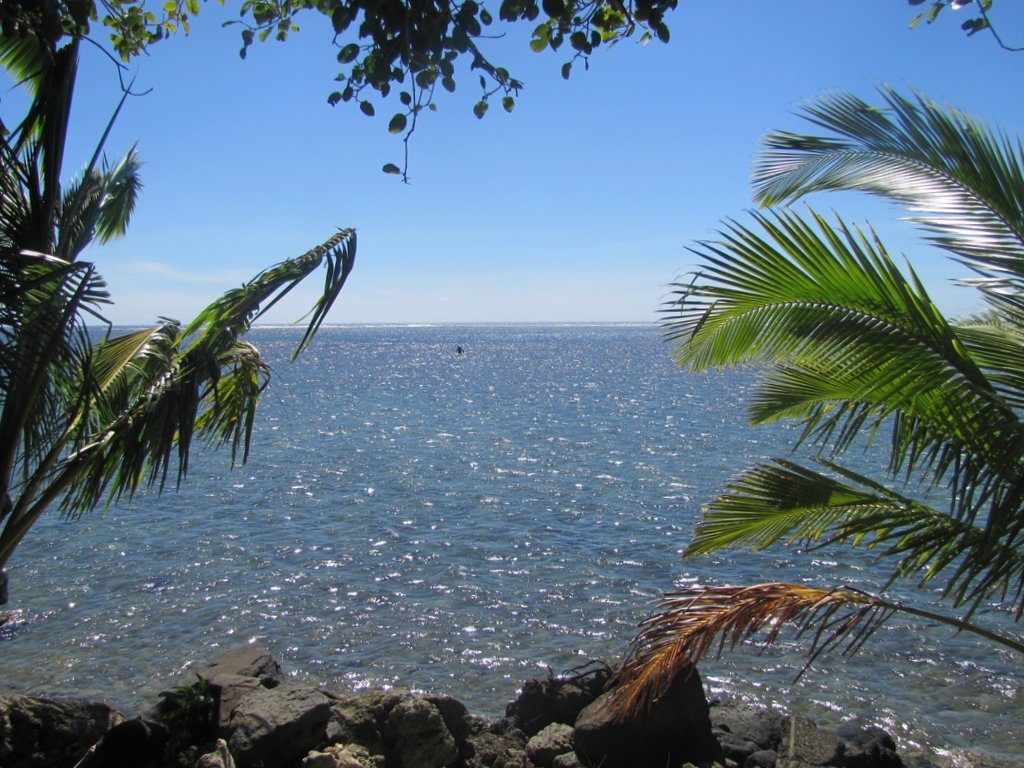
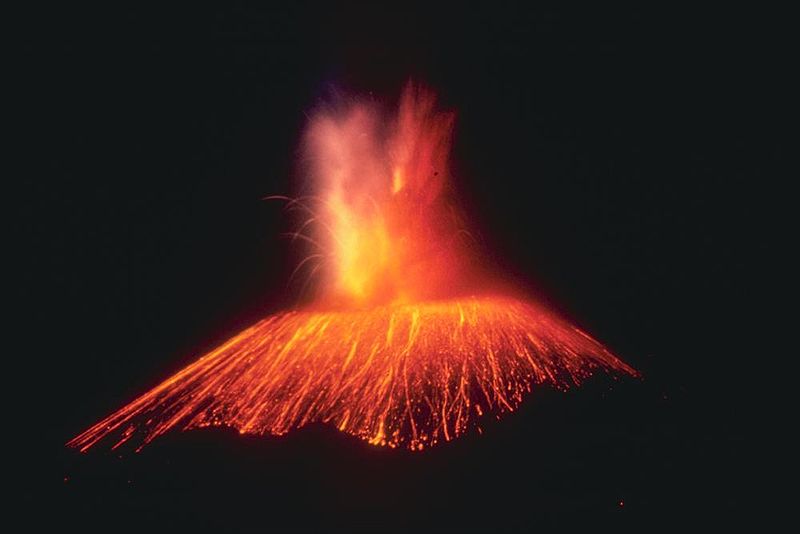
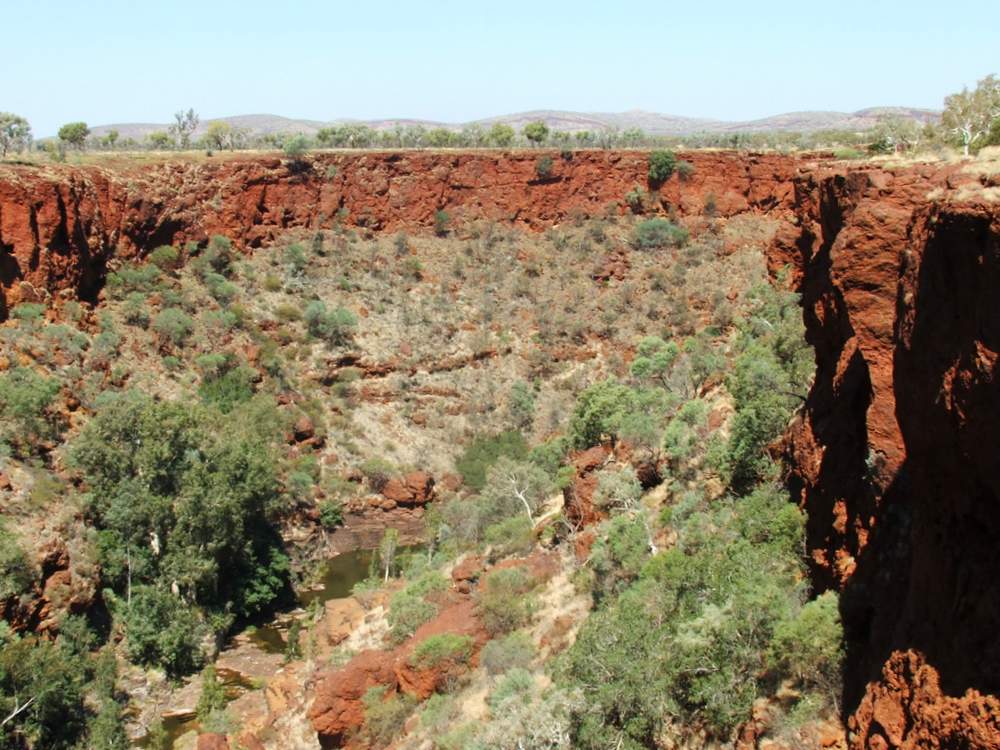
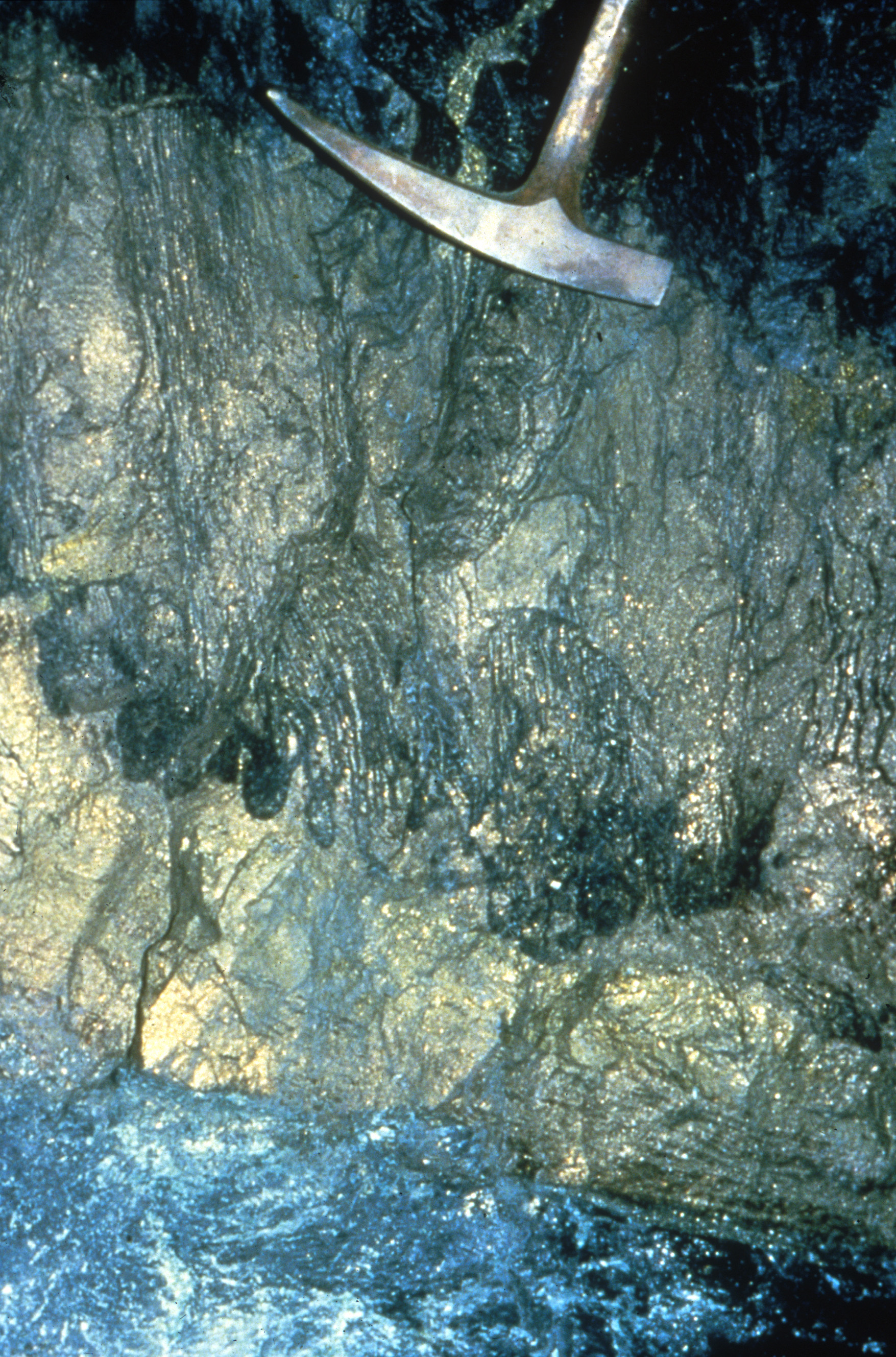
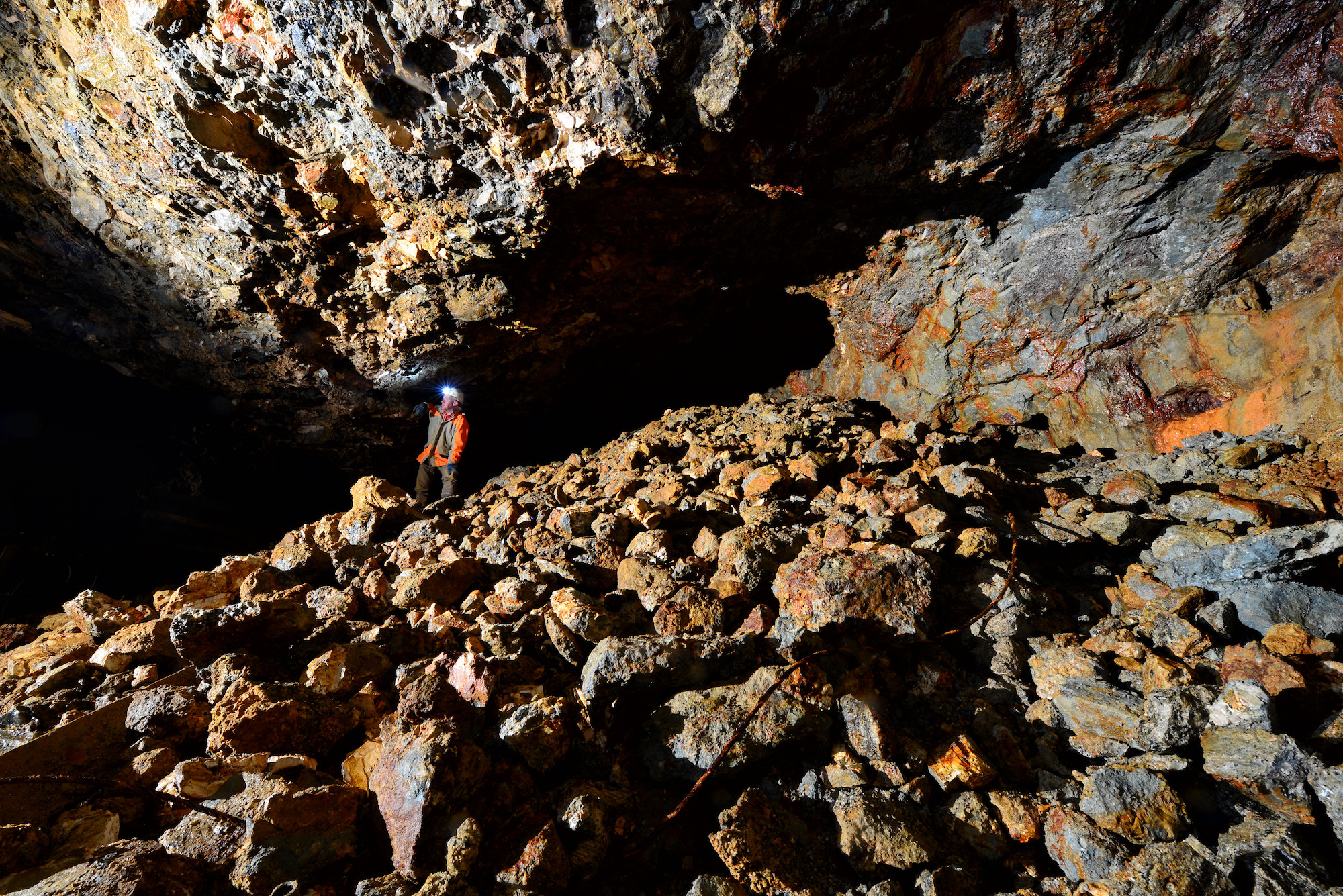

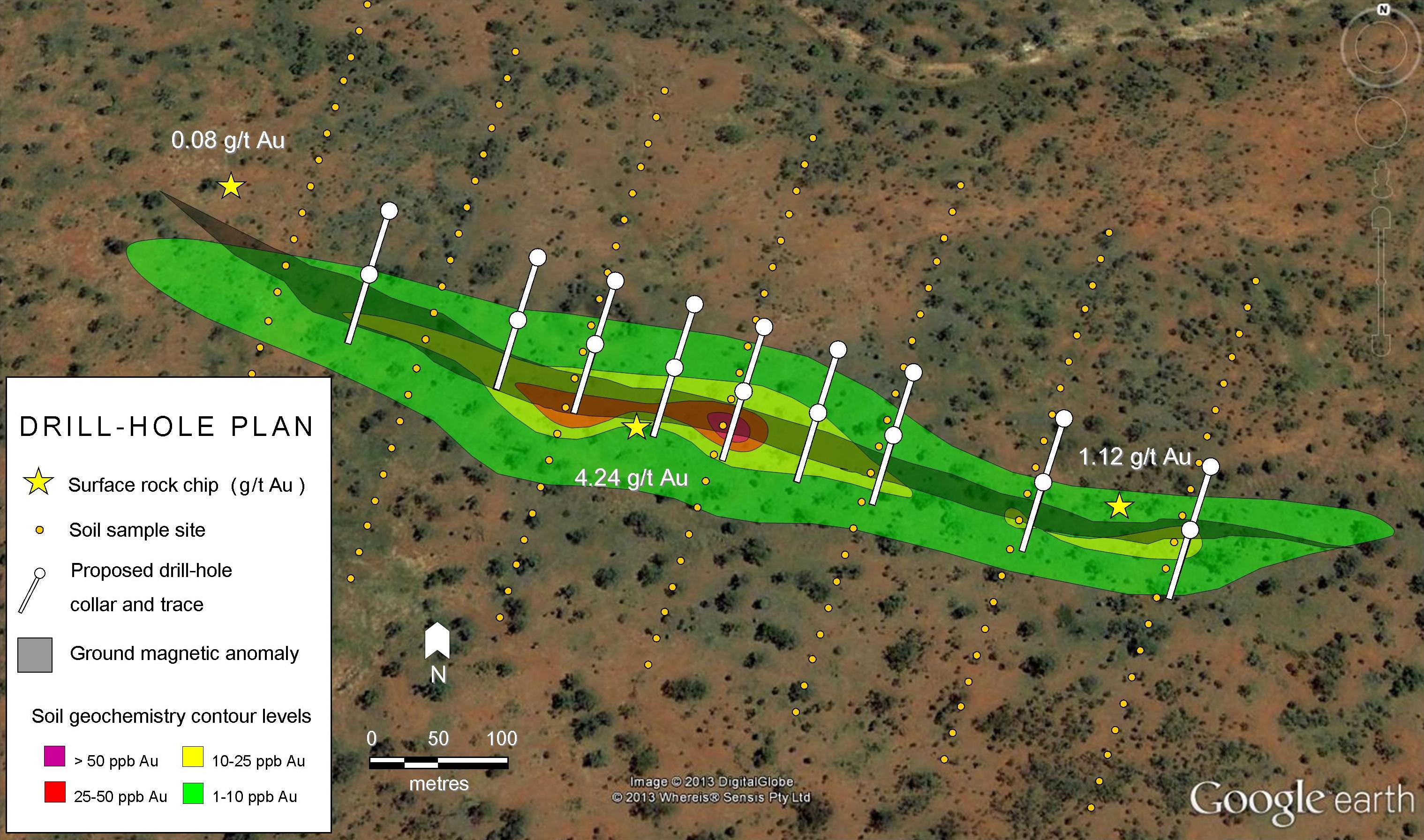
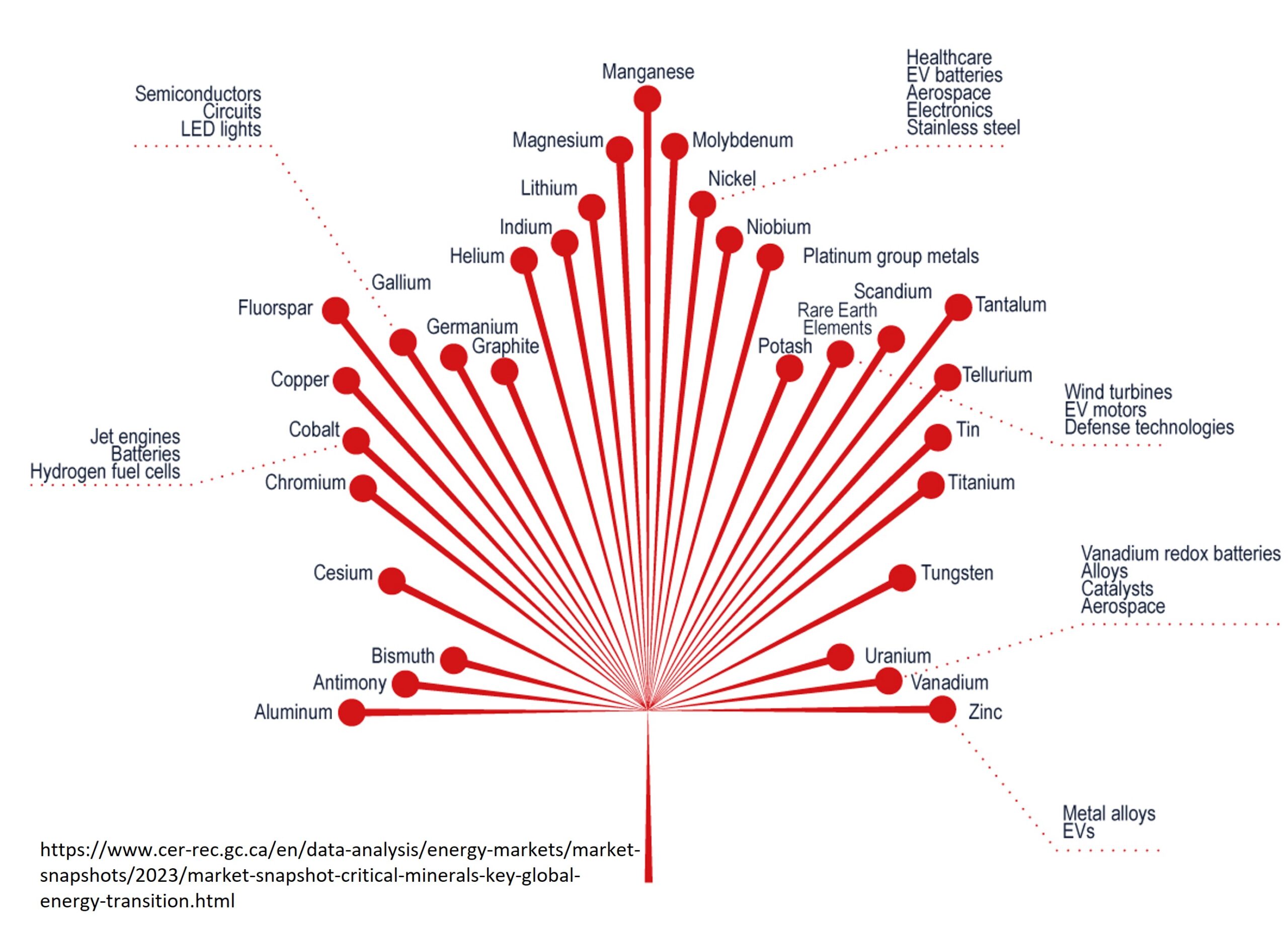
The only crazy here are the Luddites who said mining astroids would be crazy in the first place.
Get our rumps off-planet!
Retire the idiot robotic explorers (what an oxymoronic phrase!), and replace them with people…thinking, capable of reacting on-the-fly, not waiting for instructions hours-to-days-to-weeks later from Houston, or wherever.
Christopher, you’re a geologist…how much research could you do with a mineral pick, a 10-power loop, your camera and note book if you were walking around on Mars, compared to the limp-noodle Rovers….geeze, and we spent how many billions of dollars on these contraptions.
So just how did some robot designers pull the wool over real scientists going to the Moon, to Mars, and beyond? Someone’s just gotta be asleep at the wheel here.
Well that’s a whole other topic, but the main issues with sending people anywhere in space is human health and life support. The Mars rovers have been active for more than 10 years and supporting humans in the same capacity would be a monstrous Challenge. I do wonder though how much of the work done by the Rovers, for example could have been done by a human team and in what time frame. It’s an interesting question that I don’t have the knowledge to answer, but I suspect the first humans on Mars will get a hell of a lot of work done in a very short time compared to those persistent little rovers.
Whenever I get a chance to talk about geology with potential students I always let them know that the first and only scientist to set foot on the moon was a geologist (Harrison Schmitt). So geology is not a bad choice as a career path if you’re thinking about a trip to Mars or elsewhere 🙂
lol, you have to hand to these guys, their fantasies continue to amaze everyone. I don’t have a problem with being able to create a number of prepositioned stations in space, or the idea of displacing millions of tons of minerals from the moon or other planets and moving them toward Earth. The real problem is how to get all of this material onto our planet without destroying it. I mean seriously, they do realize just how fast the Challenger has to move to reenter our space, don’t they? It’s about 17,000 miles per hour, now how do you get tons of material onto the planet without blowing it up, lol.
Rick, We think it is only a matter of time before we (corporations) will be going off world in search of resources. See: http://www.i2massociates.com/downloads/Memoir101-CHAPTER09Rev.pdf
MDC
Michael, Do you mind if I add that link to the further reading section of this article? In addition, a summary article for our site based on your paper would be most welcome.